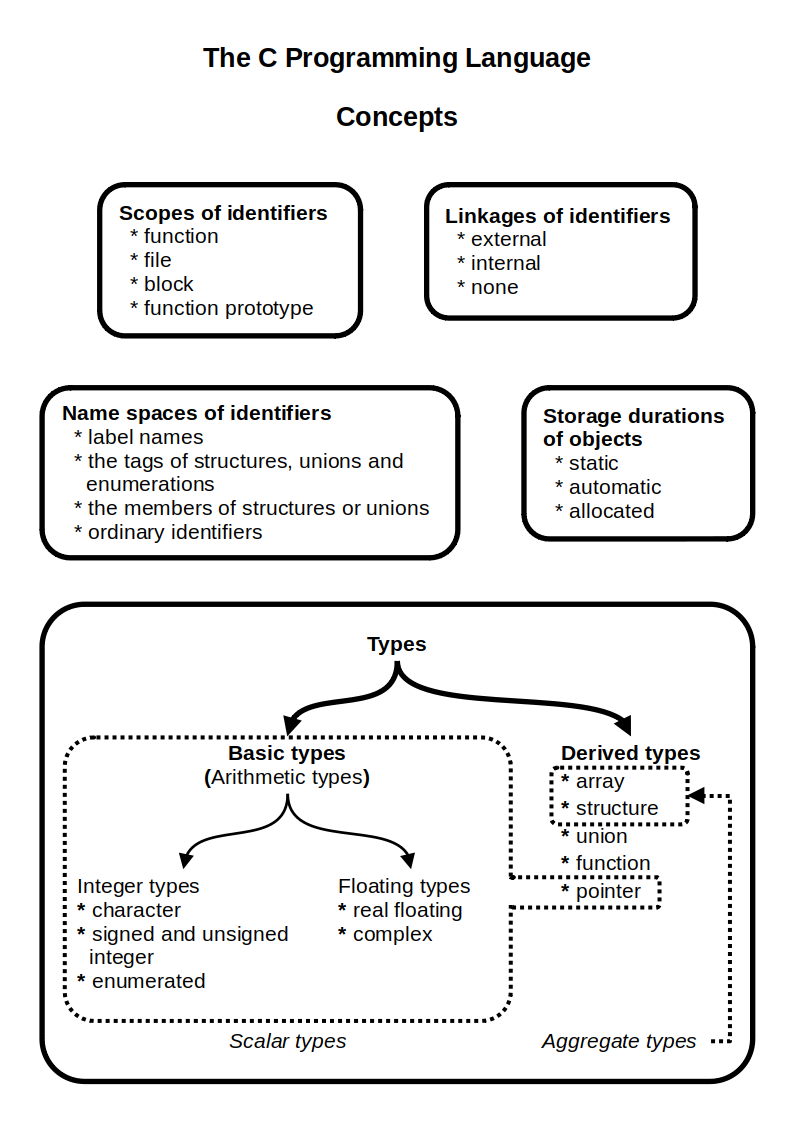|
Filesystem In Userspace
Filesystem in Userspace (FUSE) is a software interface for Unix and Unix-like computer operating systems that lets non-privileged users create their own file systems without editing kernel code. This is achieved by running file system code in user space while the FUSE module provides only a bridge to the actual kernel interfaces. FUSE is available for Linux, FreeBSD, OpenBSD, NetBSD (as puffs), OpenSolaris, Minix 3, macOS, MorphOS (as filesysbox.library), and Windows. FUSE is free software originally released under the terms of the GNU General Public License and the GNU Lesser General Public License. History The FUSE system was originally part of ''AVFS'' (''A Virtual Filesystem''), a filesystem implementation heavily influenced by the translator concept of the GNU Hurd. It superseded Linux Userland Filesystem, and provided a translational interface using in libfuse1. FUSE was originally released under the terms of the GNU General Public License and the GNU Lesser Ge ... [...More Info...] [...Related Items...] OR: [Wikipedia] [Google] [Baidu] [Amazon] |
|
 |
C (programming Language)
C (''pronounced'' '' – like the letter c'') is a general-purpose programming language. It was created in the 1970s by Dennis Ritchie and remains very widely used and influential. By design, C's features cleanly reflect the capabilities of the targeted Central processing unit, CPUs. It has found lasting use in operating systems code (especially in Kernel (operating system), kernels), device drivers, and protocol stacks, but its use in application software has been decreasing. C is commonly used on computer architectures that range from the largest supercomputers to the smallest microcontrollers and embedded systems. A successor to the programming language B (programming language), B, C was originally developed at Bell Labs by Ritchie between 1972 and 1973 to construct utilities running on Unix. It was applied to re-implementing the kernel of the Unix operating system. During the 1980s, C gradually gained popularity. It has become one of the most widely used programming langu ... [...More Info...] [...Related Items...] OR: [Wikipedia] [Google] [Baidu] [Amazon] |
|
PUFFS (NetBSD)
Pass-to-Userspace Framework File System (puffs) is a NetBSD kernel subsystem developed for running filesystems in userspace. It was added to NetBSD in the 5.0 release, and was ported to DragonFly BSD in the 3.2 release. Filesystem in Userspace compatibility In NetBSD 5.0, puffs includes ''refuse'', a reimplementation of the libfuse high-level interface. Some filesystems use the low-level libfuse interface or the kernel FUSE interface and they cannot be supported through refuse. NetBSD 6.0 addresses that limitation through ''perfuse'', a new compatibility layer that emulates the FUSE kernel interface. See also *Filesystem in Userspace Filesystem in Userspace (FUSE) is a software interface for Unix and Unix-like computer operating systems that lets non-privileged users create their own file systems without editing kernel code. This is achieved by running file system code in ... References External links Send and Receive of File System Protocols: Userspace Approach Wi ... [...More Info...] [...Related Items...] OR: [Wikipedia] [Google] [Baidu] [Amazon] |
|
|
Unmount SSHFS
Mounting is a process by which a computer's operating system makes files and directories on a storage device (such as hard drive, CD-ROM, or network share) available for users to access via the computer's file system. In general, the process of mounting comprises the operating system acquiring access to the storage medium; recognizing, reading, and processing file system structure and metadata on it before registering them to the virtual file system (VFS) component. The location in the VFS to which the newly mounted medium was registered is called a "mount point"; when the mounting process is completed, the user can access files and directories on the medium from there. An opposite process of mounting is called unmounting, in which the operating system cuts off all user access to files and directories on the mount point, writes the remaining queue of user data to the storage device, refreshes file system metadata, then relinquishes access to the device, making the storage d ... [...More Info...] [...Related Items...] OR: [Wikipedia] [Google] [Baidu] [Amazon] |